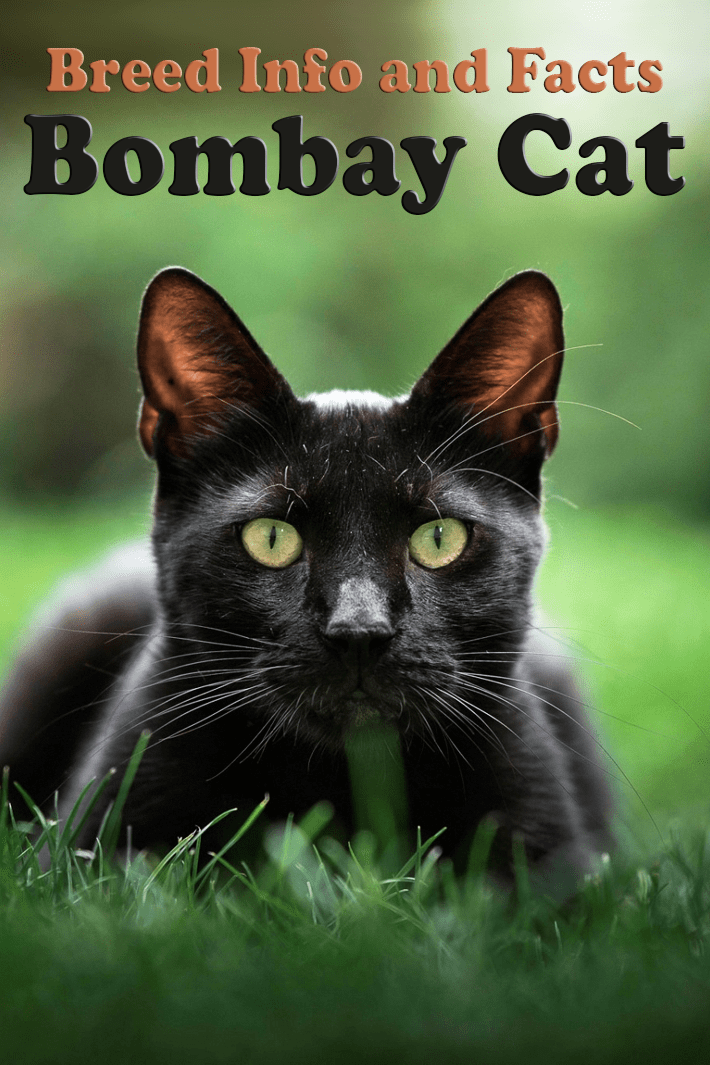
The Bombay is an easygoing and tolerant cat who takes life as it comes. He enjoys greeting visitors and gets along well with children, dogs and other cats, although he will expect to be the one in charge. It’s not unusual for him to learn to walk on a leash or to play active games such as fetch, but he also has a reputation as a lap cat. The Bombay loves attention, so do not get one if you don’t have the time or desire to interact with him frequently. He will want to be involved in everything you do.
Brush the Bombay weekly to keep his thick coat shiny and healthy. The only other grooming he needs is regular nail trimming and ear cleaning.
The Bombay cat is well suited to any home with people who will love him and care for him. Keep him indoors to protect him from cars, diseases spread by other cats and attacks from other animals.
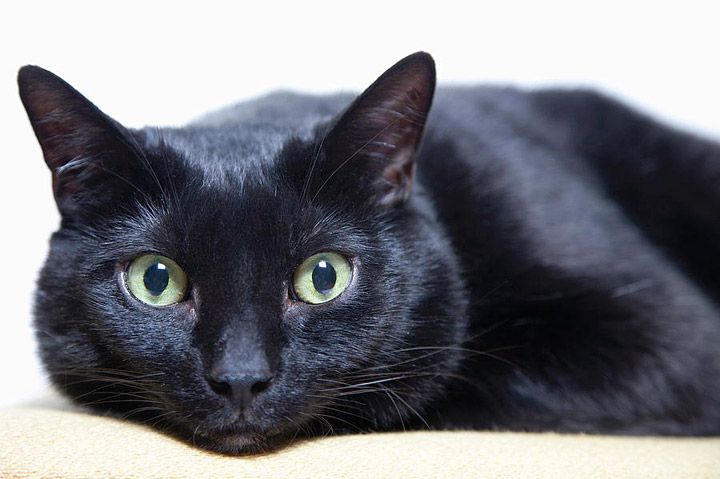
Other Quick Facts
- When you look at a Bombay, you see a muscular, medium-size cat. If you were to pick him up, you would find that he is heftier than he looks.
- To maintain the Bombay’s body type and coat texture, breeders may occasionally outcross to Burmese, one of the Bombay’s parent breeds. Outcrosses to American Shorthairs or domestic shorthairs are rarely done because the body type is not the same. The Bombay and Burmese differ in that the Bombay is slightly larger and has a longer body and longer legs.
- While they reach sexual maturity early, sometimes at five months, Bombays may not complete their physical growth as far as size and muscle development until they are almost two years old.
- The Bombay’s nickname is “the patent-leather kid with the new-penny eyes.”
The History of Bombays
The Bombay cat is one of several breeds created to look like a miniature version of a wild cat. In the Bombay’s case, he is the Mini-Me of the black panther and does quite a good impersonation indeed. To achieve him, breeders took two different paths. In Britain, they crossed Burmese with black domestic cats. In the United States, where the Bombay’s development in the 1950s is generally credited to Nikki Horner of Louisville, Kentucky, the breed was created by crossing sable Burmese with black American Shorthairs. The Bombay is recognized by the Cat Fanciers Association, The International Cat Association, and other cat registries.
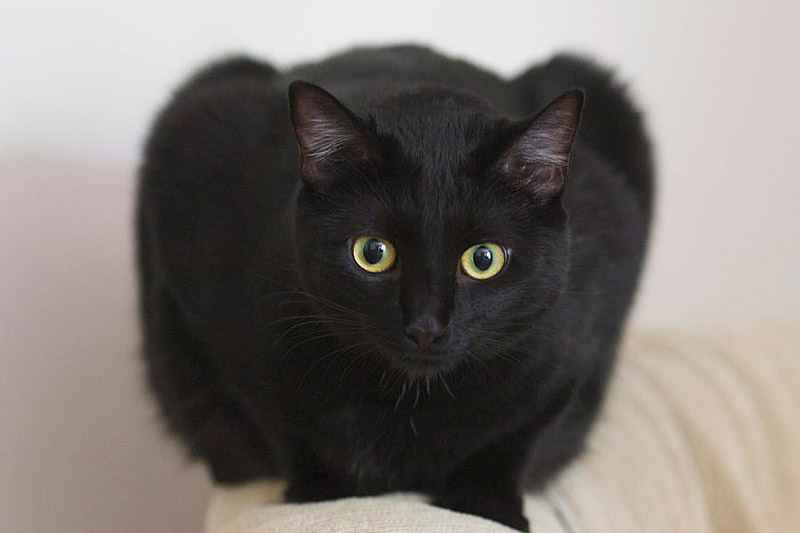
Bombay Cat Temperament and Personality
It will be your good fortune if a Bombay crosses your path. This is a calm cat who adapts well to any type of household, including one with dogs or children. Other cats, not so much, unless they are willing to bow to his authority as top cat. He likes to be the center of attention and is endlessly curious.
The Bombay loves people, and some can be talkative. He is playful and can learn to retrieve, do tricks and walk on a leash if you so desire, but he’s not so active that he will wear you out with demands for play. He’s also easy to entertain. A paper sack or plastic water bottle will keep him occupied just as well as the most expensive toy. Expect to find him under the covers with you at bedtime.
The Bombay cat is highly intelligent. Challenge his brain and keep him interested in life by teaching him tricks and providing him with puzzle toys that will reward him with kibble or treats when he learns how to manipulate them.
Always choose a kitten from a breeder who raises litters in the home and handles them from an early age. Meet at least one and ideally both of the parents to ensure that they have nice temperaments.
Bombay Cat Health
All cats have the potential to develop genetic health problems, just as all people have the potential to inherit diseases. Any breeder who claims that her breed has no health or genetic problems is either lying or is not knowledgeable about the breed. Run, don’t walk, from any breeder who does not offer a health guarantee on kittens, who tells you that the breed is 100 percent healthy and has no known problems, or who tells you that her kittens are isolated from the main part of the household for health reasons.
The Bombay is generally healthy, but some of the problems that affect the breed hypertrophic cardiomyopathy, excessive tearing of the eyes, and the possibility of breathing difficulties because of the cat’s short muzzle.
Hypertrophic cardiomyopathy (HCM) is the most common form of heart disease in cats. It causes thickening (hypertrophy) of the heart muscle. An echocardiogram can confirm whether a cat has HCM. Avoid breeders who claim to have HCM-free lines. No one can guarantee that their cats will never develop HCM. Bombays that will be bred should be screened for HCM, and cats identified with HCM should be removed from breeding programs. Do not buy a kitten whose parents have not been tested for this disease. It is always wise to buy from a breeder who provides a written health guarantee.
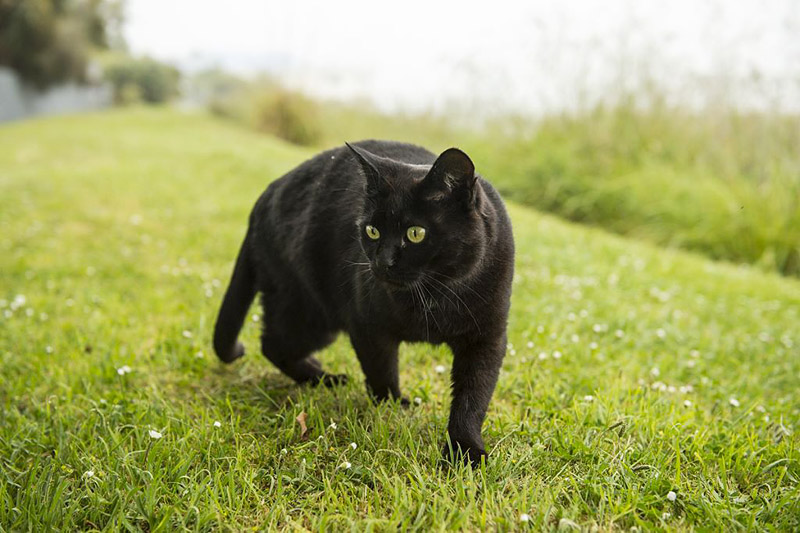
Remember that after you’ve taken a new kitten into your home, you have the power to protect him from one of the most common health problems: obesity. More than many other cats, Bombays like to eat and can pack on the pounds if you’re not careful. Keeping a Bombay at an appropriate weight is one of the easiest ways to protect his overall health. Make the most of your preventive abilities to help ensure a healthier cat for life.
The Basics of Bombay Grooming
The Bombay has a short coat with hair that is shiny and fine and sheds little. The coat is easy to groom with weekly brushing. Use a rubber curry brush; he’ll love the massagelike feel as it goes over his coat.
The only other grooming the Bombay needs is regular nail trimming, usually weekly, and ear cleaning only if the ears look dirty. Use a gentle cleanser recommended by your veterinarian. Brush the teeth frequently with a vet-approved pet toothpaste for good overall health and fresh breath. Start brushing, nail trimming and teeth brushing early so your kitten becomes accepting of this activity.
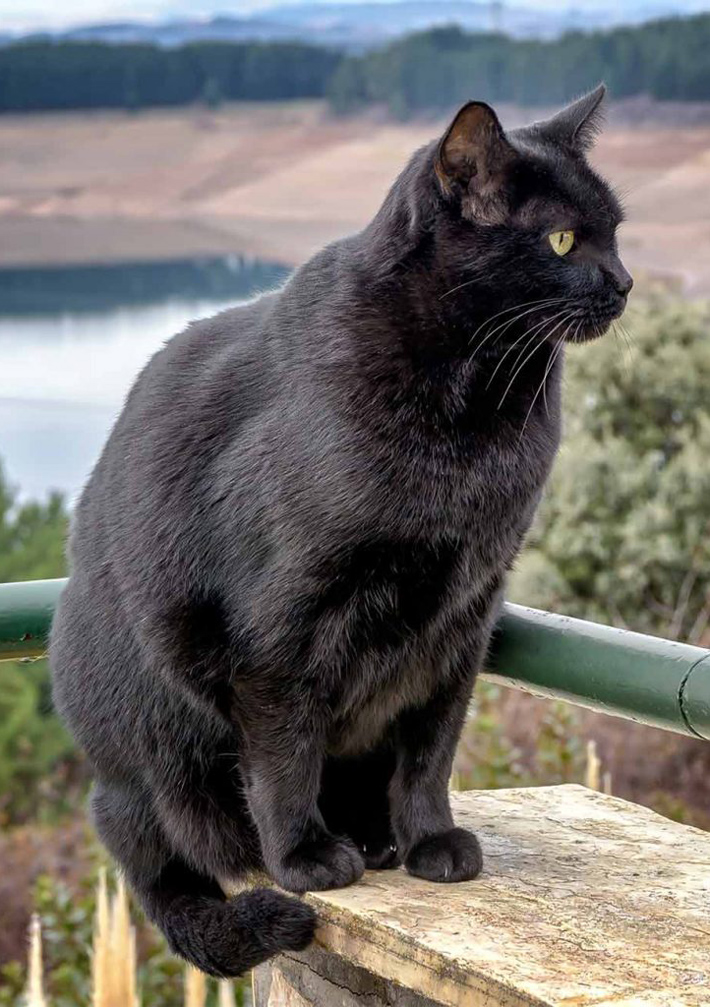



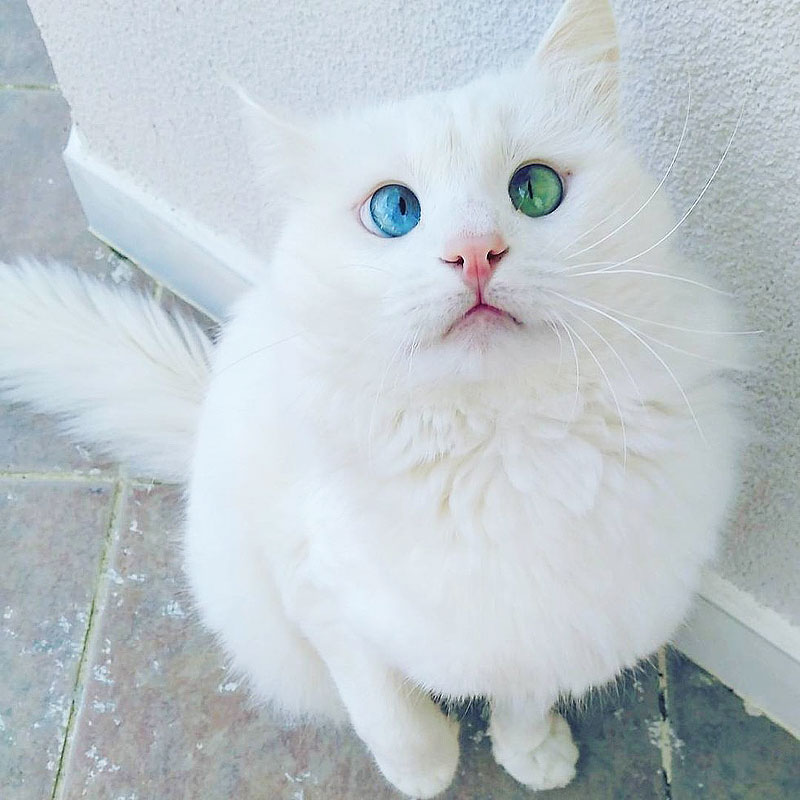
We have a Bombay we call Delilah and absolutely love her. I love when she crawls under my blanket at my feet when I am watching TV and if I move she attacks my feet lol. She is so sweet and is very talkative when the kids are not home.